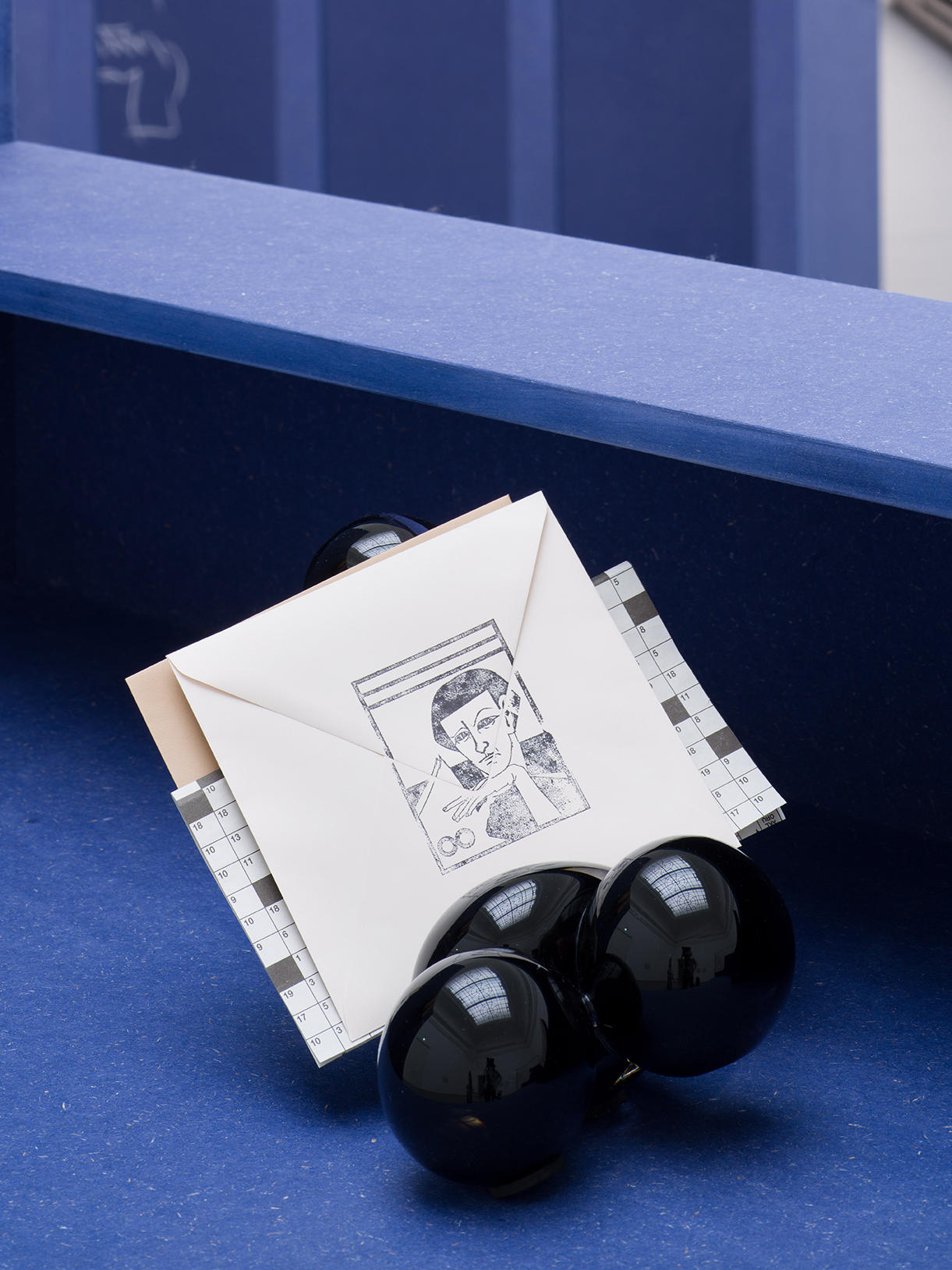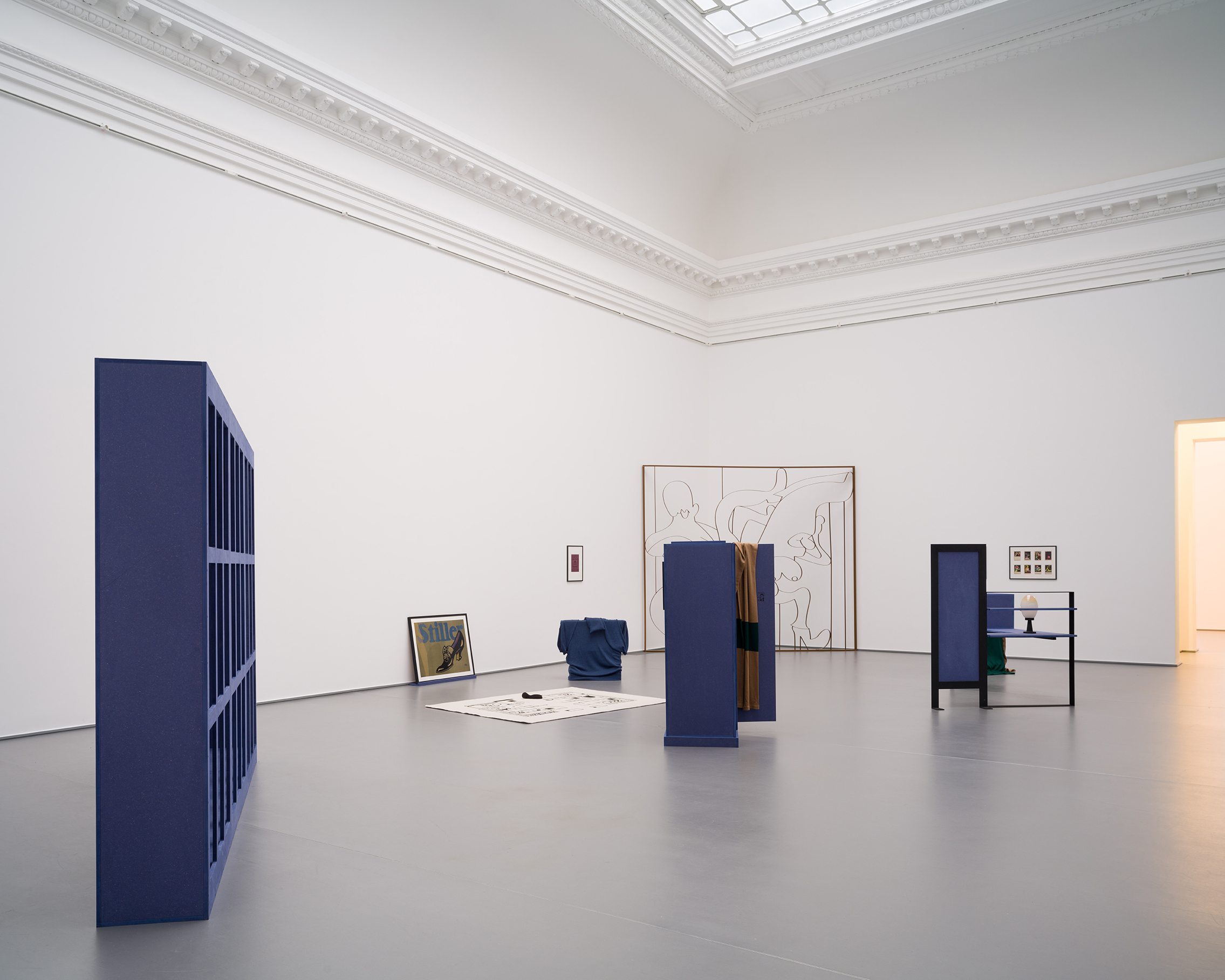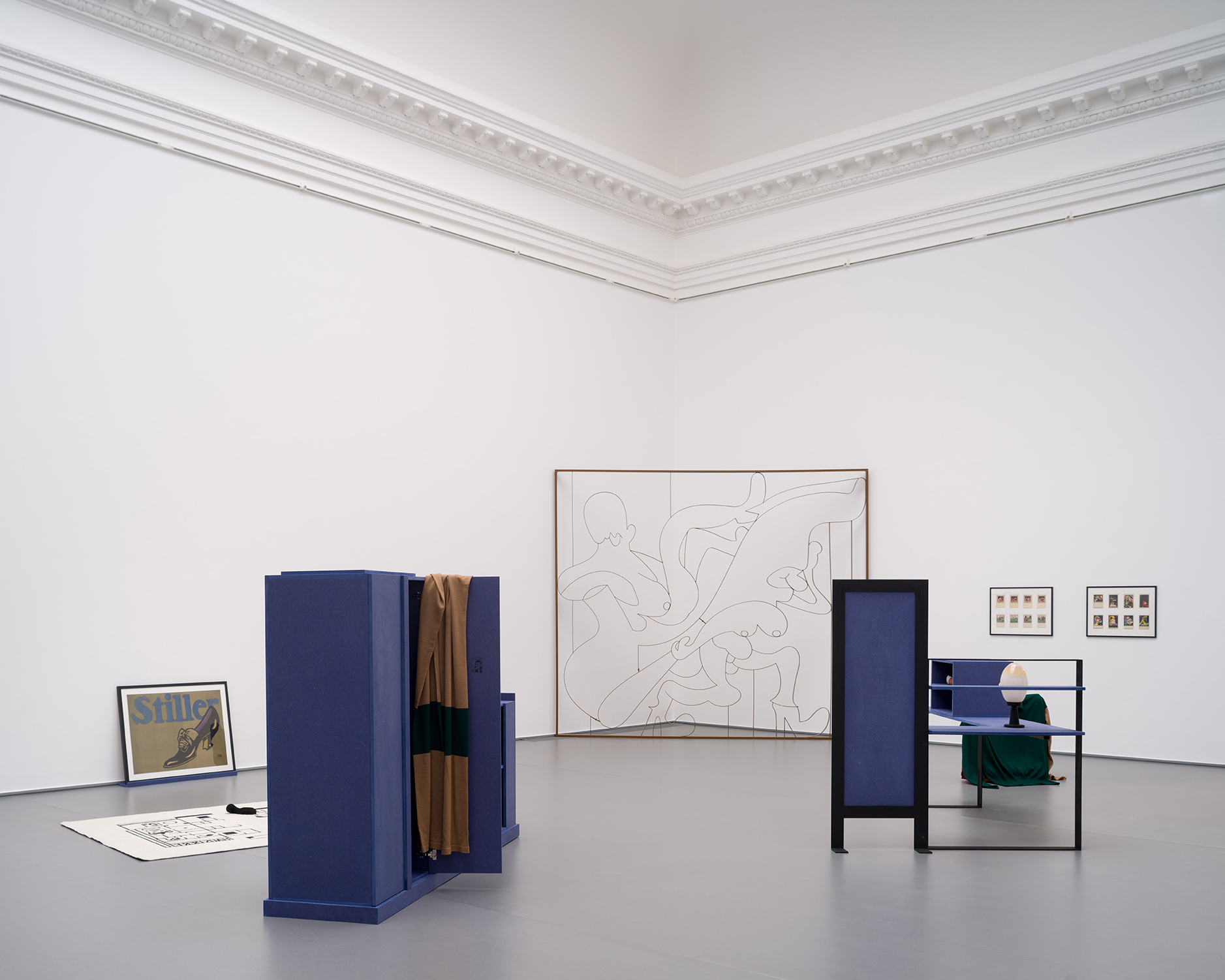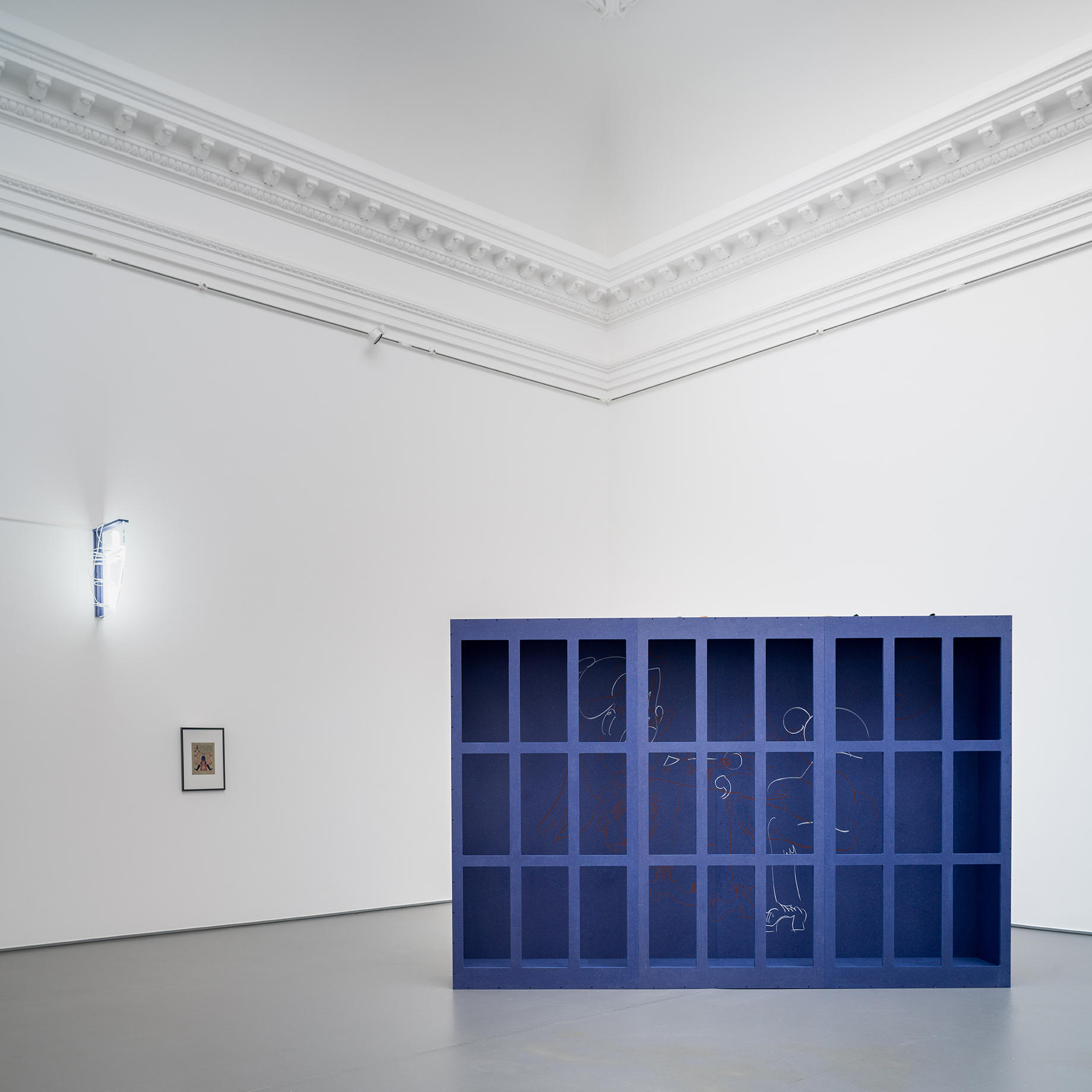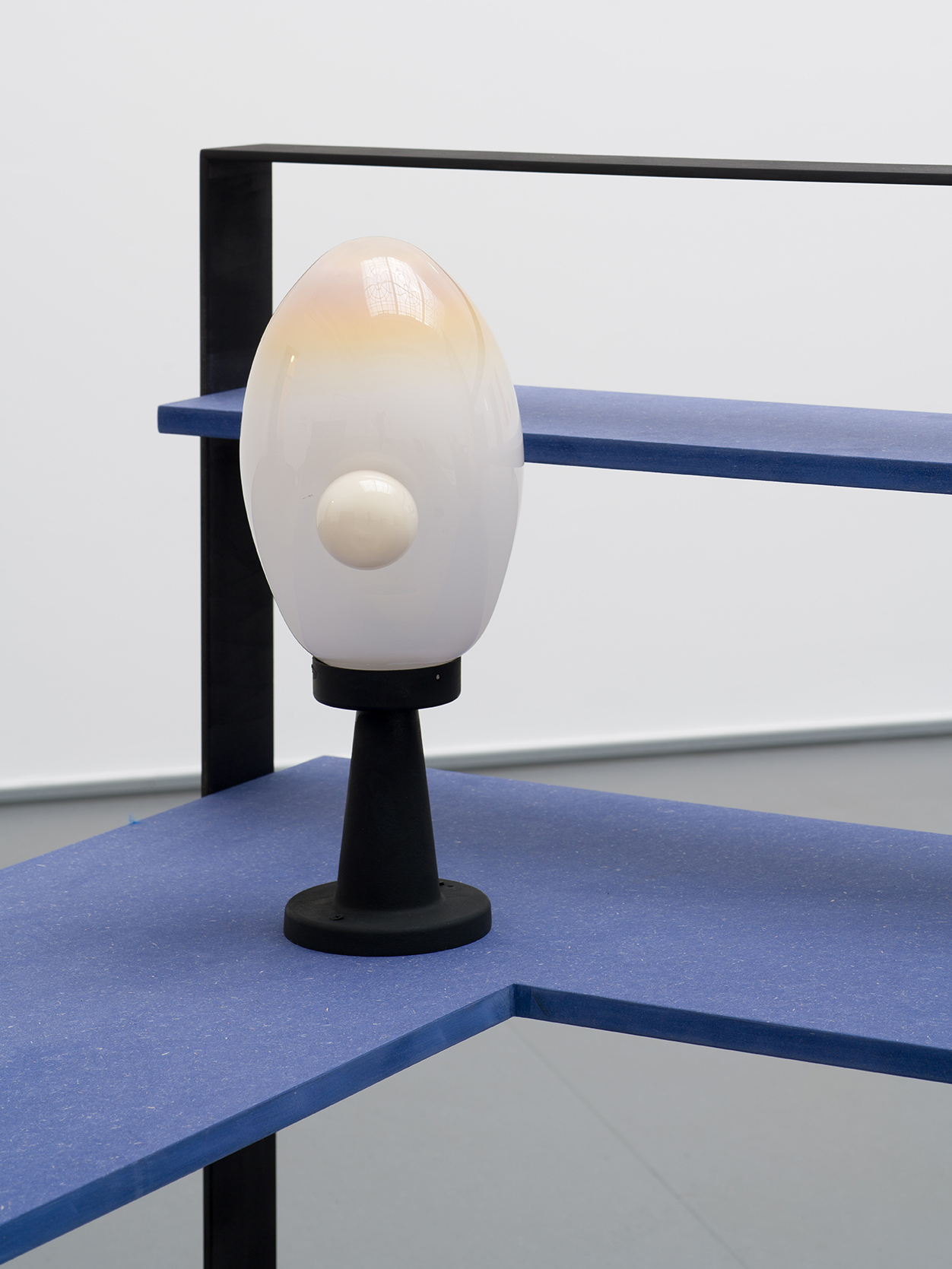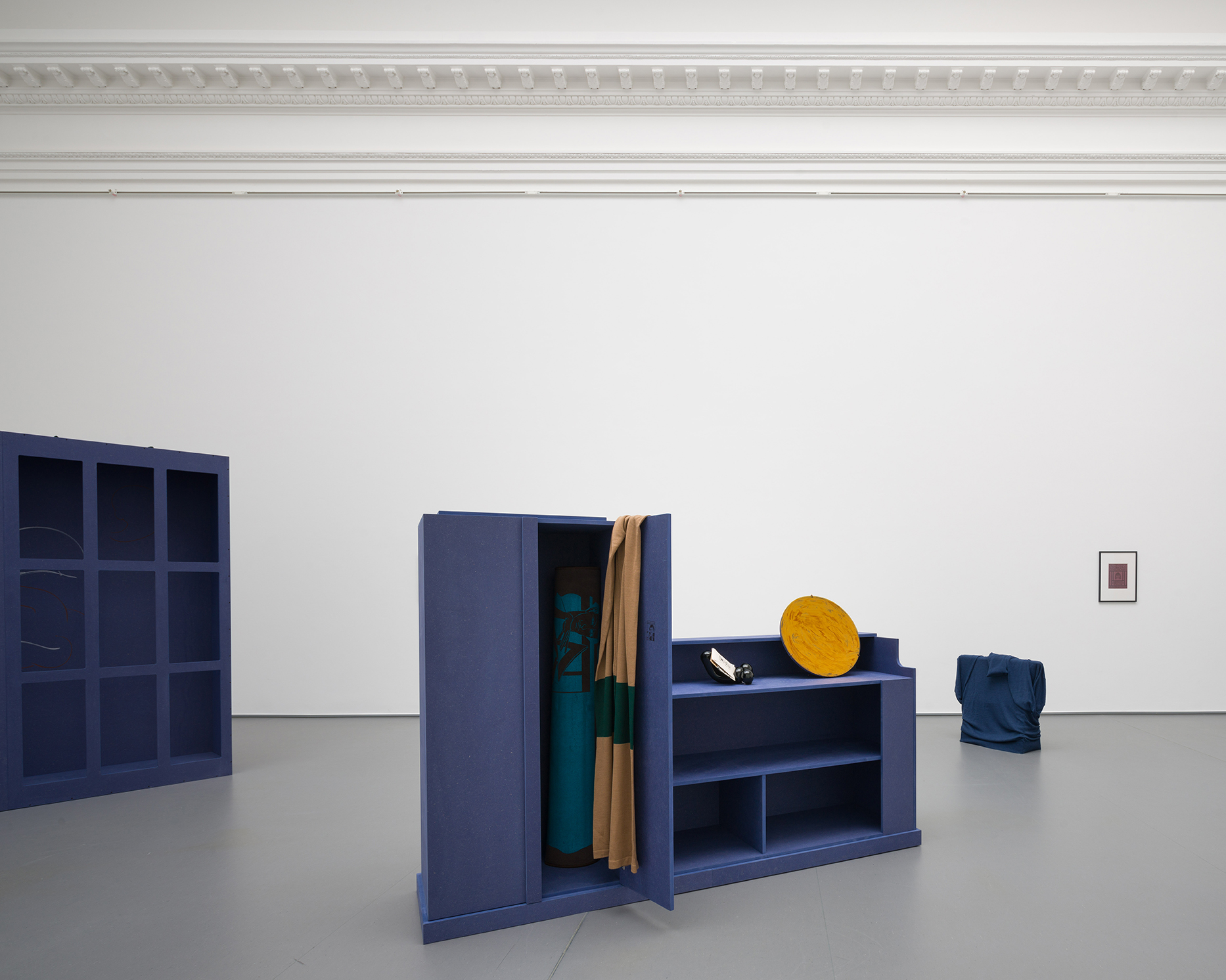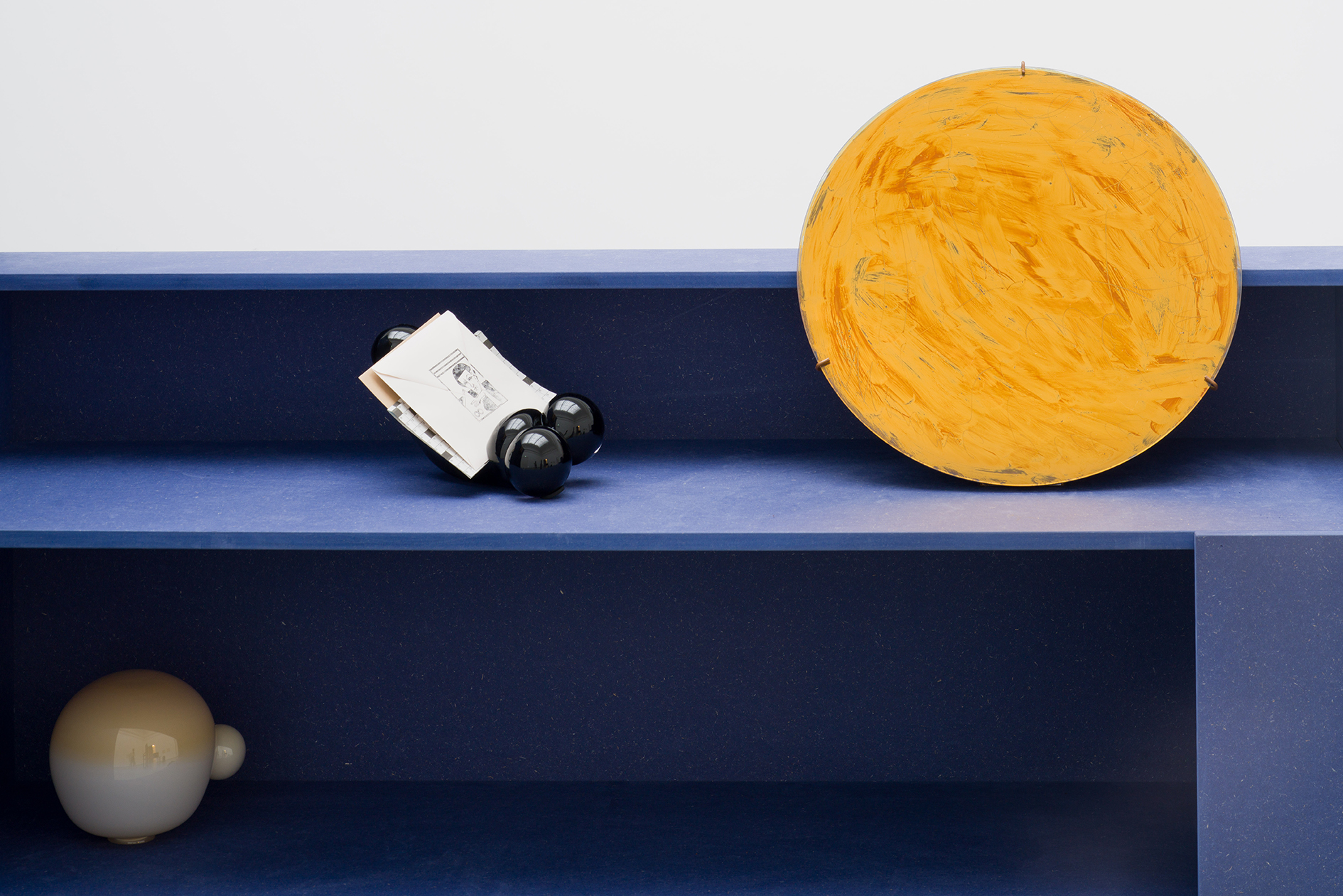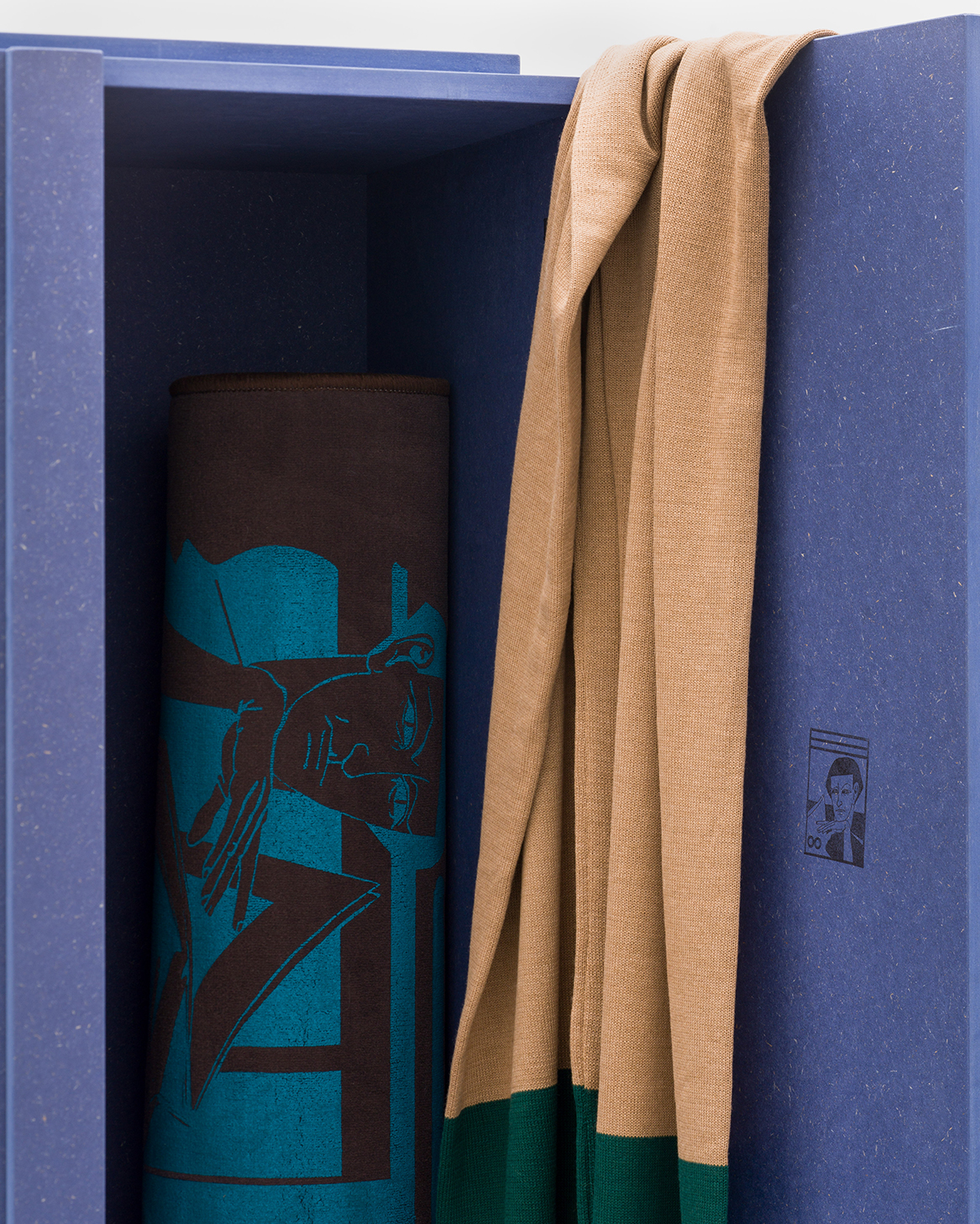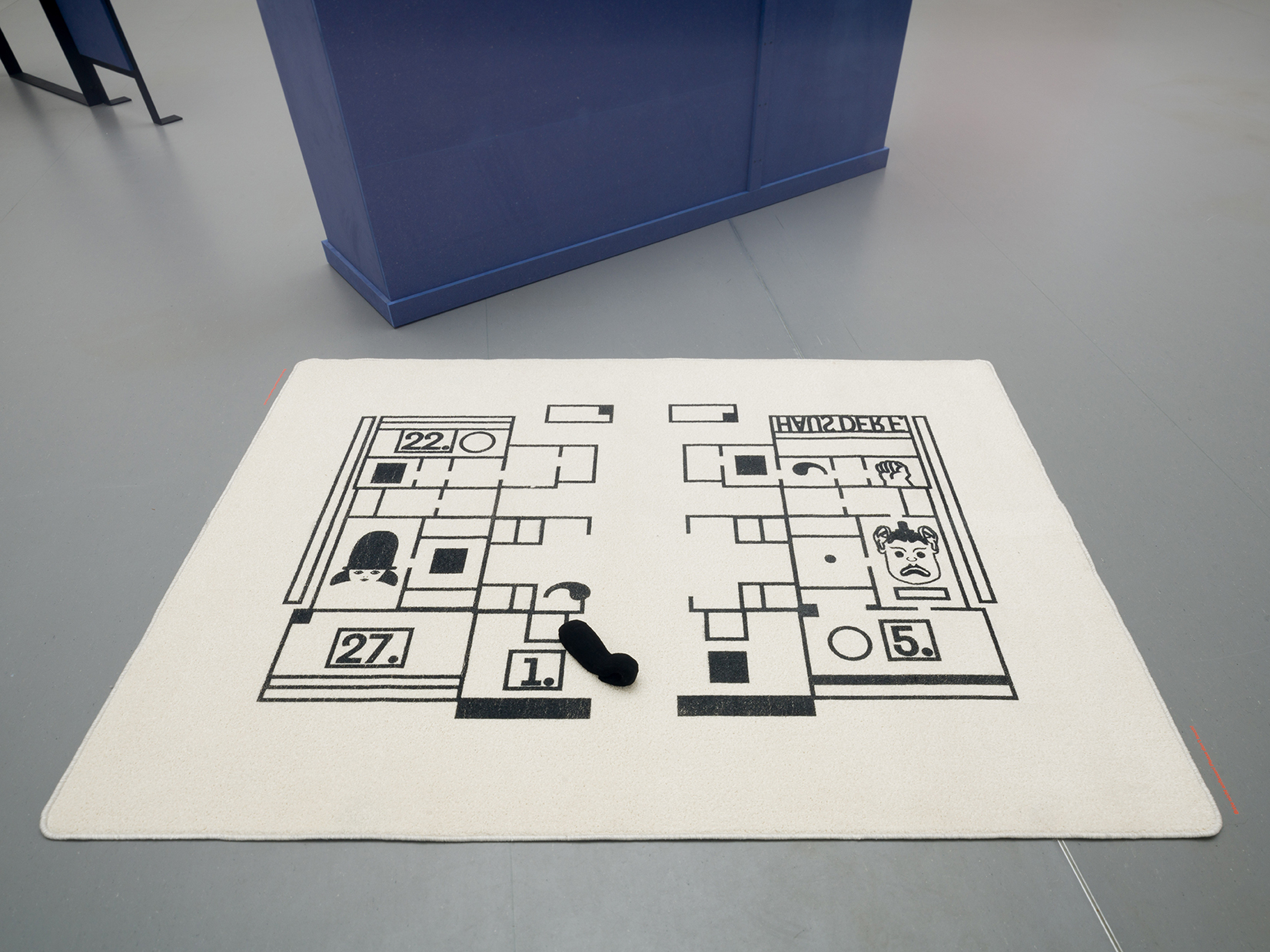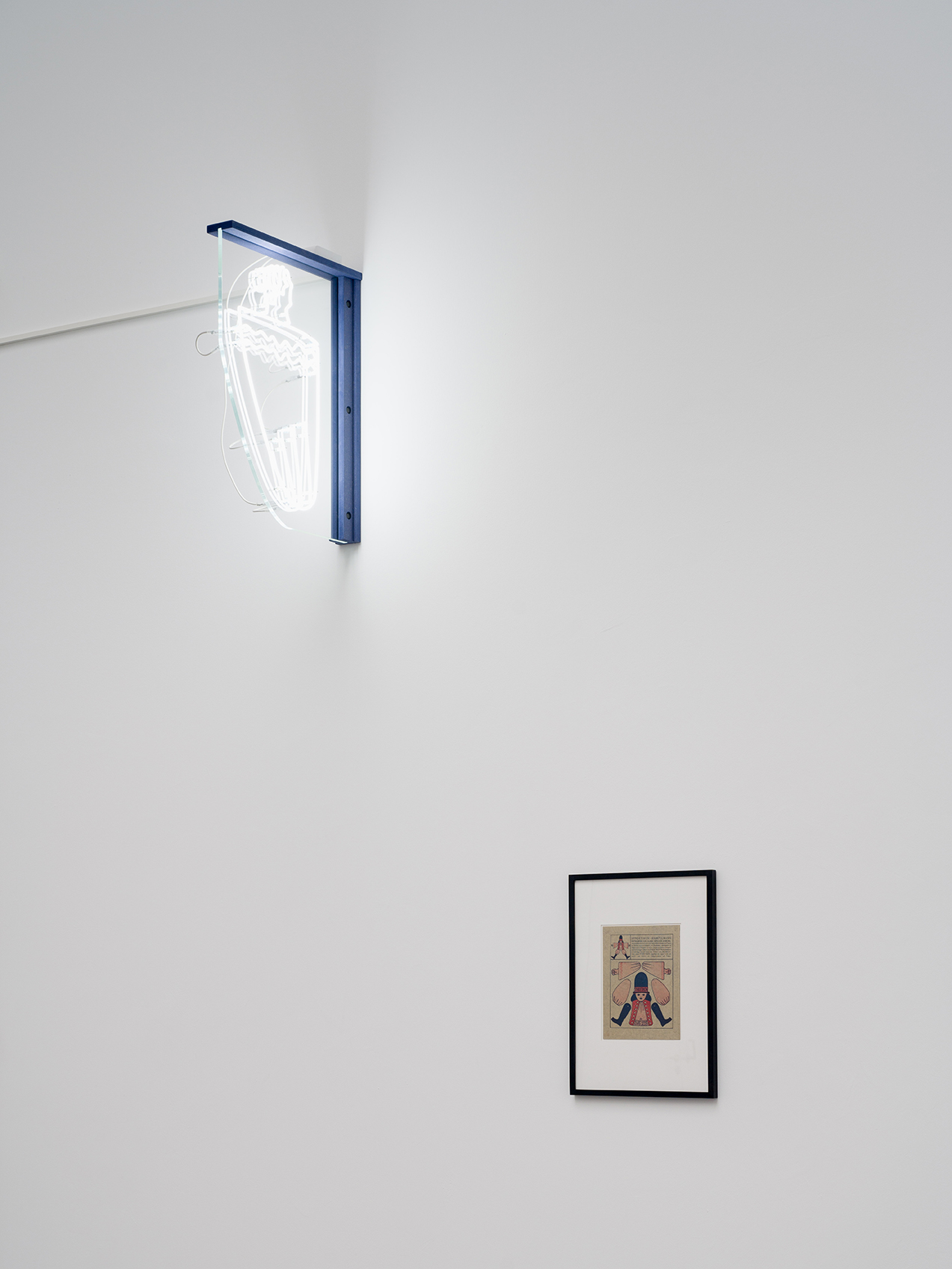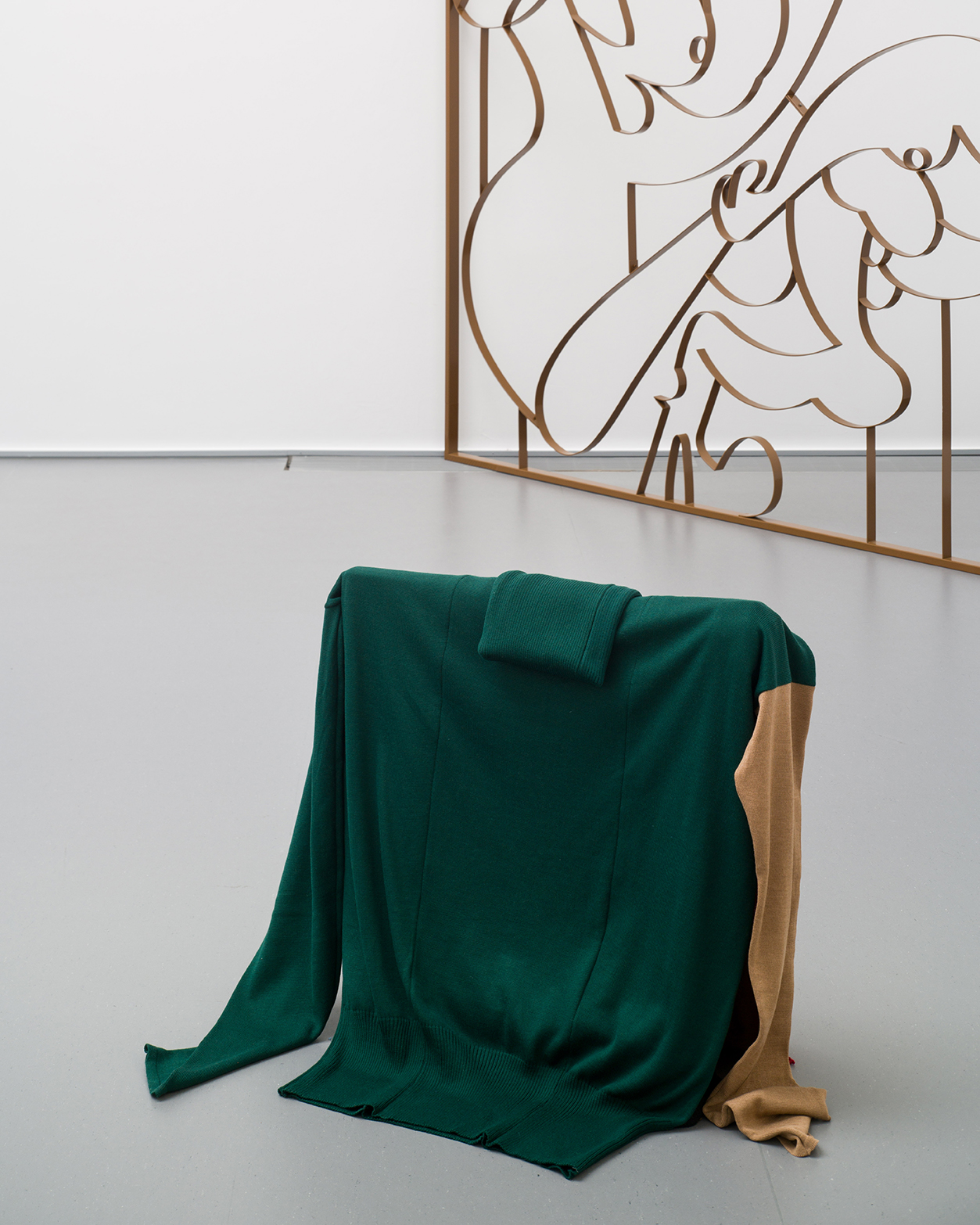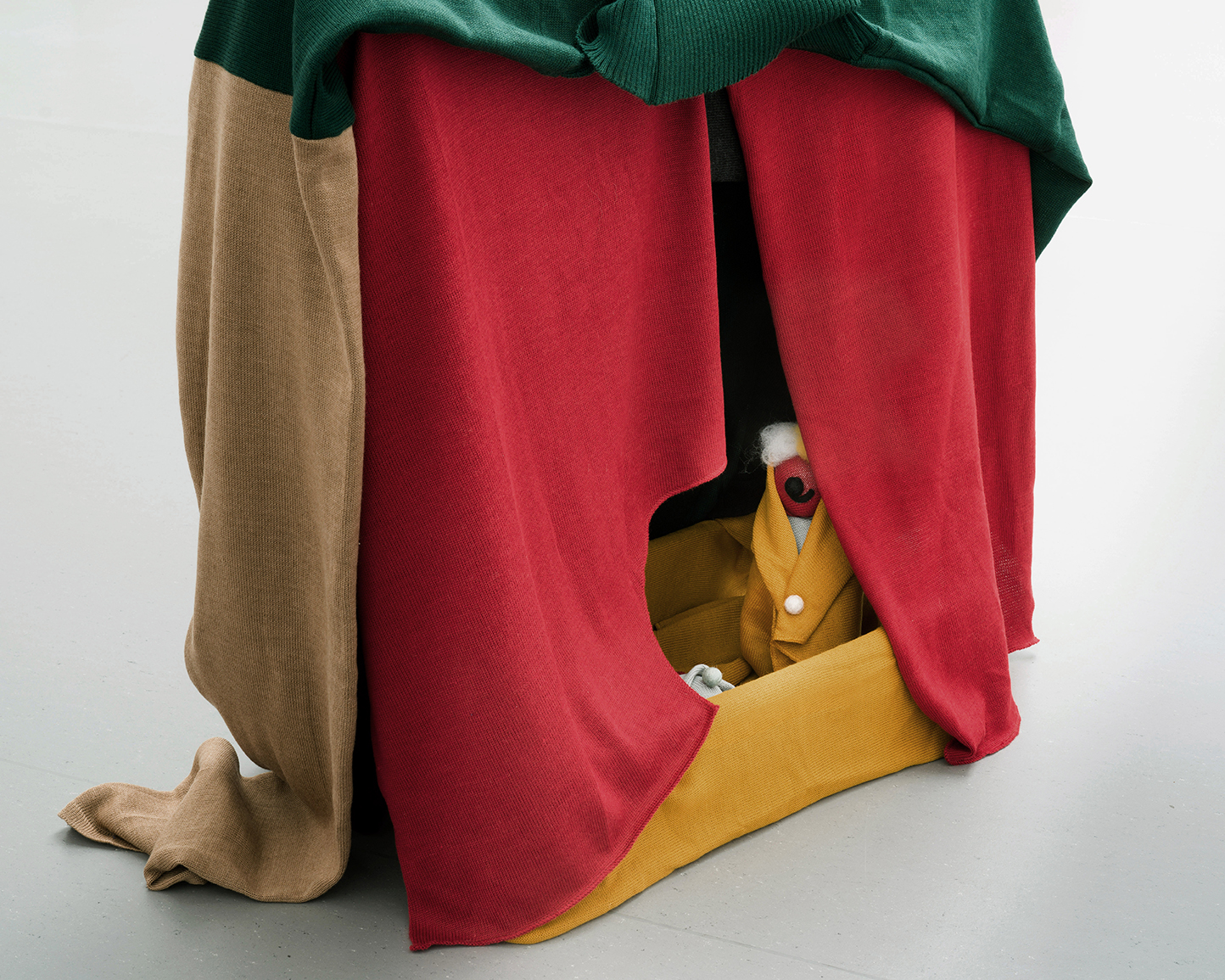“Haus Der F.” solo exhibition at Kaiser Wilhelm Museum
29 March 2019 – 15 September 2019
Relying on my affinity with the museum’s collection of applied arts, I was invited to engage and reflect on their Werkbund collection. The voluminous catalogue of the collection, which I received from the museum contained many hundreds of works and only three of them by the female designers. The great disparity between the male and female designers in the museum’s collection inspired me to carry out research on women in the Werkbund. Even though many female designers were part of the movement, their work was discredited and dreaded by the male colleagues, who regarded it as kitschy, amateurish and insufficiently objective.
In order to counteract these prejudices, a group of women designers conceived the Haus der Frau for the 1914 German Werkbund exhibition in Cologne. It was organised by women designers and only works by women designers were presented with the intention of introducing the objective female designer. This aspect was also expressed in the strict reduced architecture of the venue that largely forwent the use of ornaments or anything that could suggest sentiment. Ironically, Haus der Frau was viewed by critics as a copy of male design and the creativity of the women designers was again denied and ridiculed. With hindsight, the project worked within the binary logic imposed by male chauvinism, and thus simply confirmed it.
The pavilion was destroyed during the war and there was no mention of it in the historical literature until the late 80’s.
This context served as the starting point for an installation that playfully tries to annul the boundaries of gender roles and authorship. Haus der F. is no longer a venue that encapsulates women but rather a space for the cooperation between designers whose gender is difficult to ascertain. The installation displays traces of an artist’s workshop, or rather the remnant interior of a showroom.
If the ethos of Werkbund lays in rationalization, Haus der F. welcomes useless pursuits and intellectual wandering, shifting the one-truth models of reasoning and style advocated by rigid objectivity. Riddles, puzzles, theatre, errors, permutations, private references and jokes, risqué double entendre populate the interiors and disarm any binary opposition of styles.
Photos by Dirk Rose
 Home
Publications
Info
OAOA
Home
Publications
Info
OAOA
